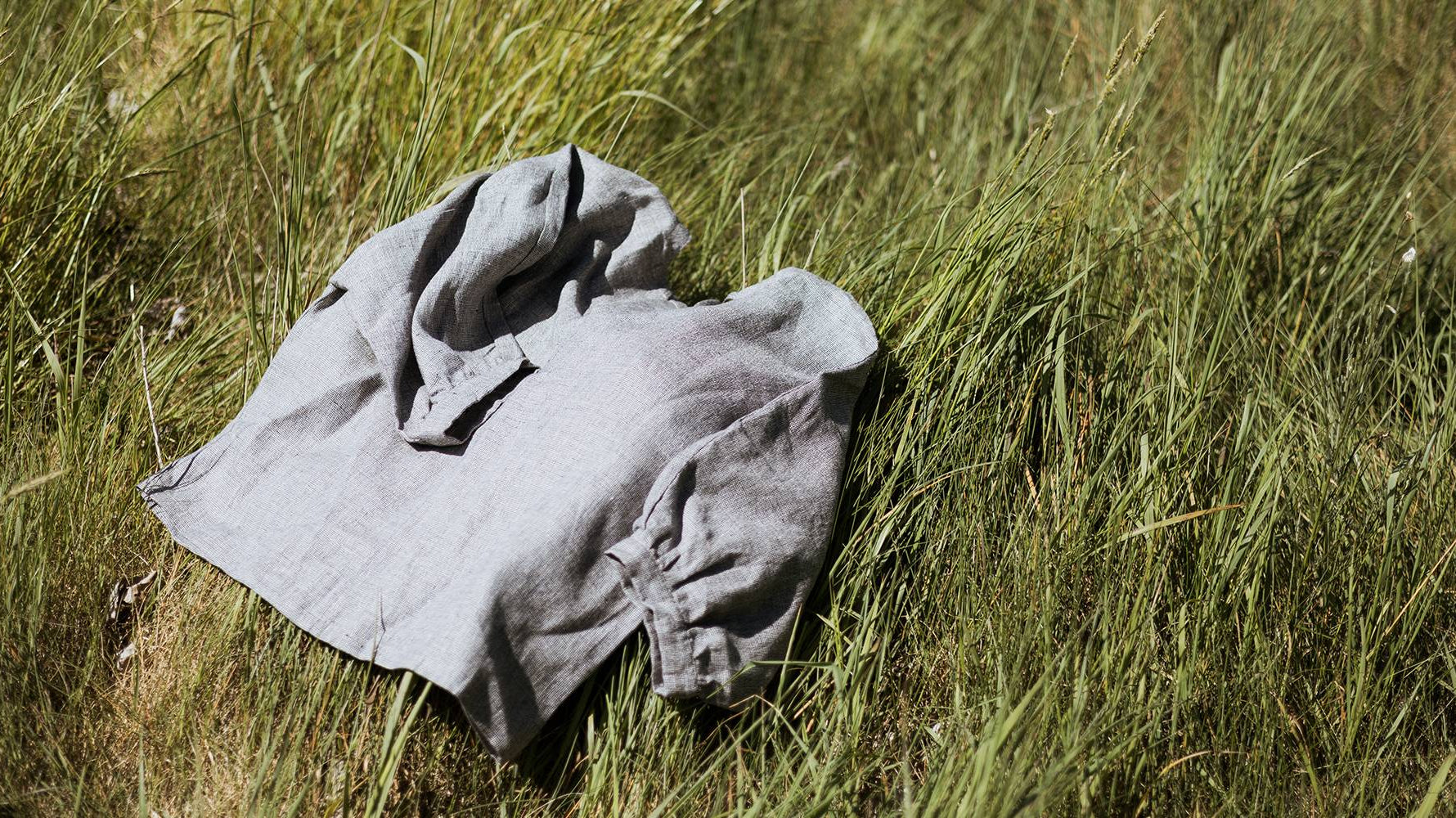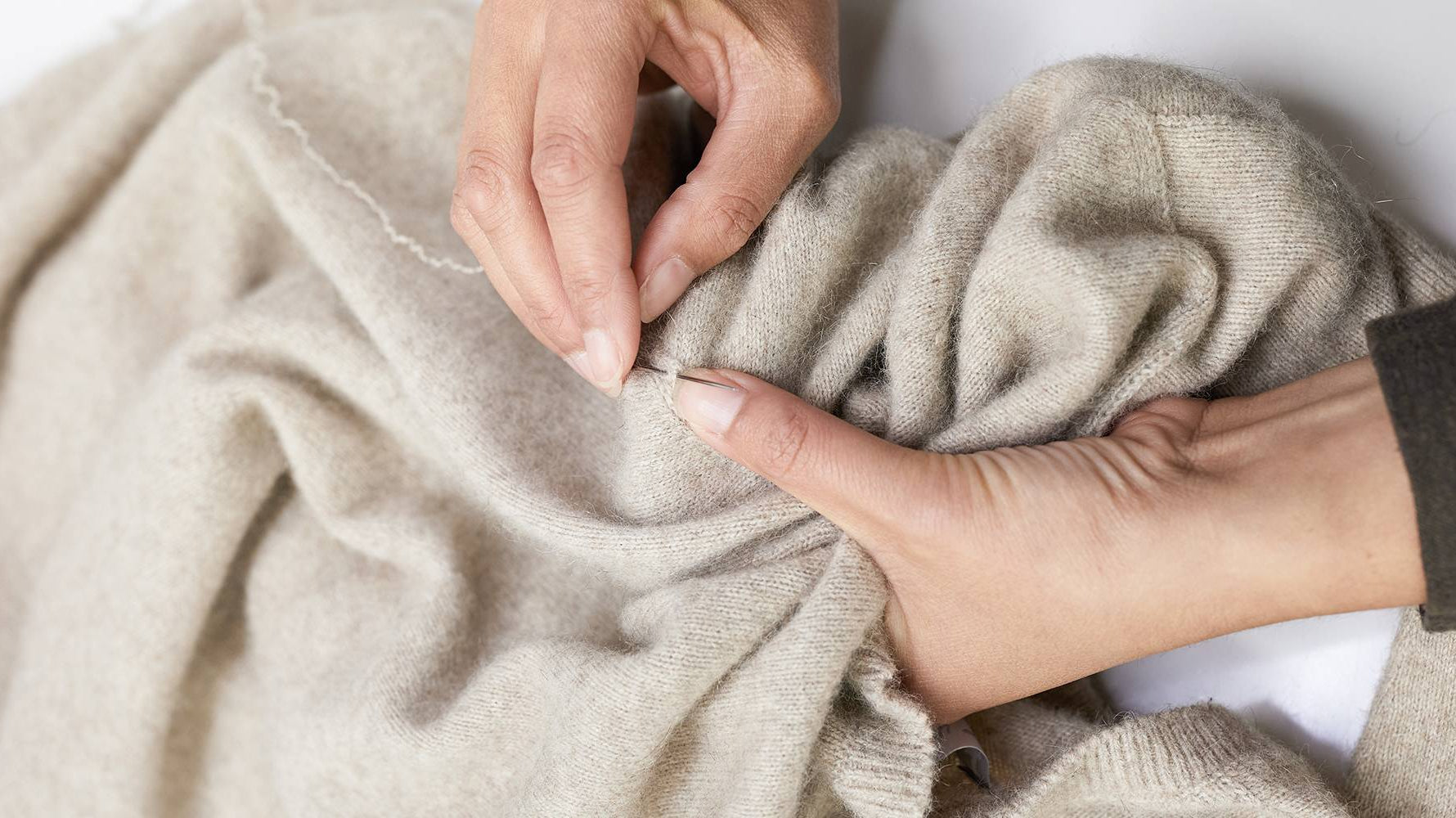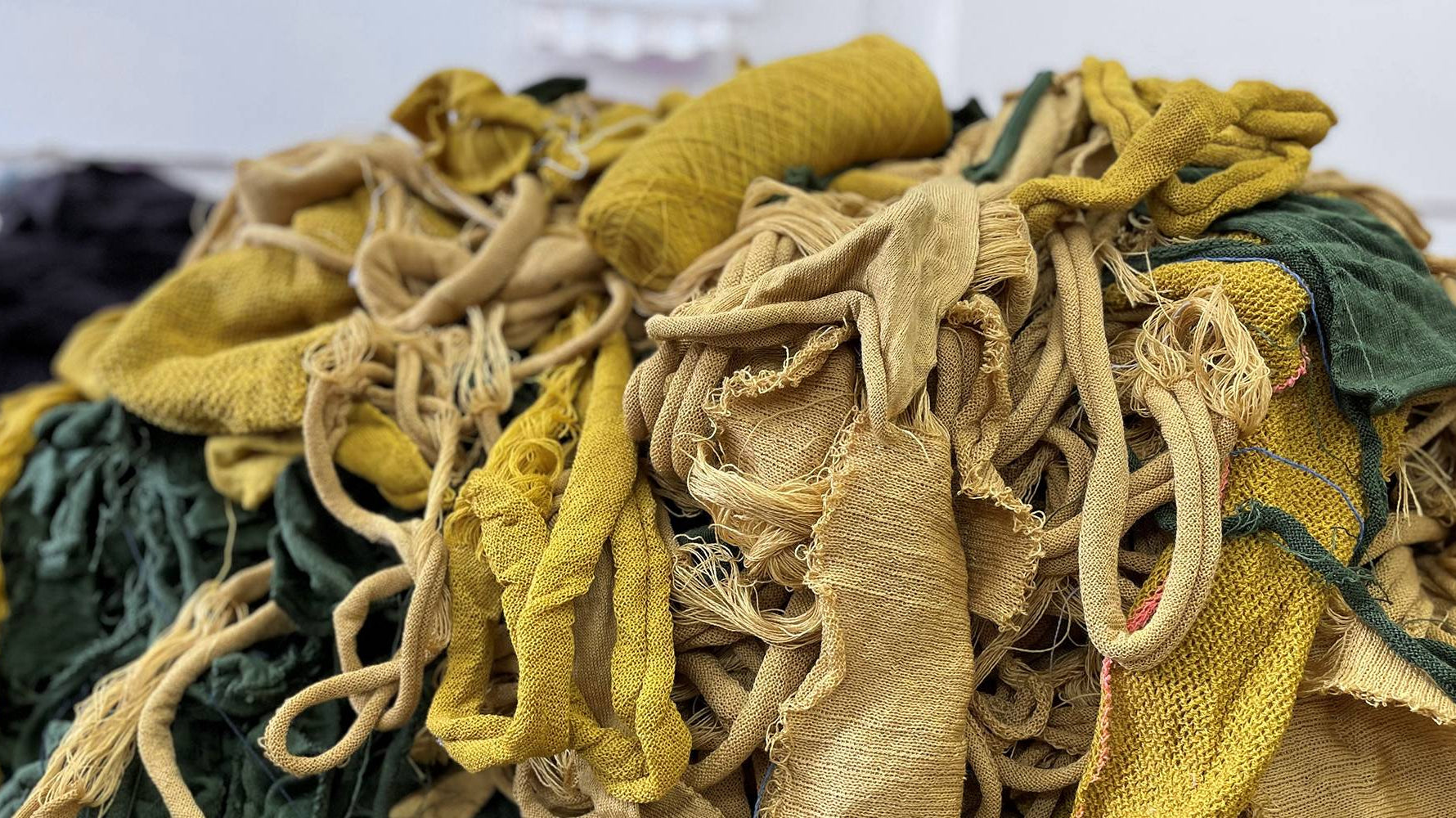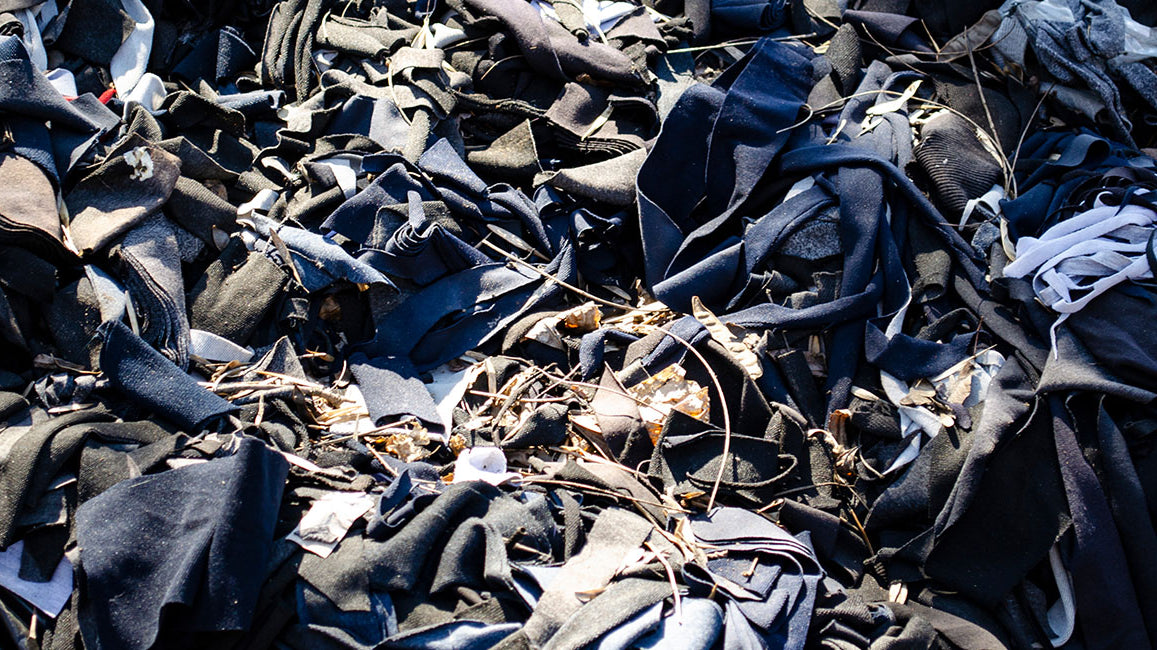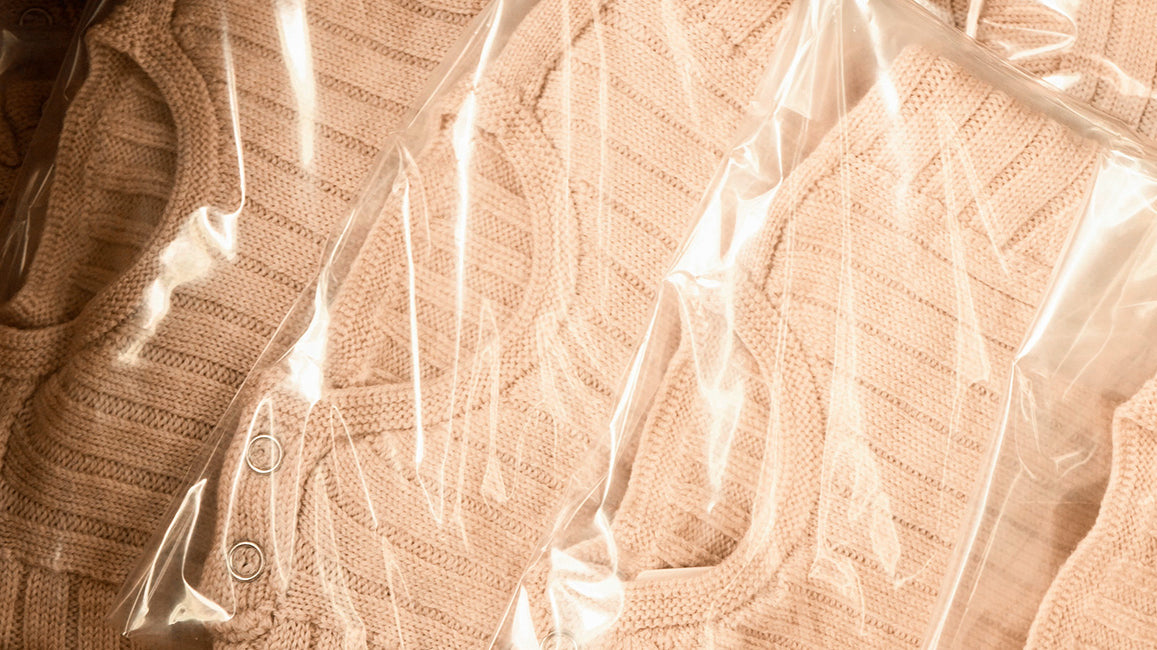Why the future of sustainable fashion is looking bright
Thanks to ultra-fast fashion, growing piles of waste, and microplastics, fashion can often paint a gloomy picture but if you dig a little deeper, you’ll see that good things are on the horizon.
Thanks to ultra-fast fashion, growing piles of waste, and microplastics, fashion can often paint a gloomy picture but if you dig a little deeper, you’ll see that good things are on the horizon.
Plastic fibres dominate the fashion industry despite the fact that they’re highly polluting, and reliant on fossil fuels. But how did we get here?
We’re proudly 94% New Zealand made and glad to be part of a thriving community of other New Zealand-made brands and businesses.
Our journey toward sustainable fashion begins with the understanding that every thread, from field to fabric, has a story and an ecological footprint. We reflect on the complexity of sustainable supply chains and our commitment to pushing the boundaries of ethical fabrics.
The mass of man-made objects now outstrips natural ones, so now is the time to learn how to live with less.
Sustainability appears to be everywhere, but a global sweep of green claims made online found that 40% of them could be misleading consumers.
Explore the transformative concept of circular fashion, its impact on sustainability, and how it's reshaping the fashion industry's approach to production and consumption.
Discover the innovative process behind our sustainable journey, where we transform everyday waste into high-quality yarns, ultimately crafting socks that are not only comfortable but also kind to our planet.
Dive into the world of regenerative farming. Discover its importance, learn about its practices, and see how Untouched World is contributing to this movement.
The fashion industry generates a massive 92 million tonnes of waste annually. Fast fashion and synthetic fabrics contribute to the problem, but we can combat waste by creating durable, long lasting garments made from natural fibres.
Have you ever considered the true cost of your clothing? With the rise of cheap and fast fashion, clothing consumption has skyrocketed while the number of times a garment is worn has decreased, leading to environmental pollution, landfill waste, and exploitation of garment workers.
Fashion's contribution to plastic pollution extends beyond visible plastic items like bags and bottles. Synthetic fabrics, commonly found in clothing, are a major source of microplastics in the environment.
We know plastic isn't perfect, but we're all about keeping it in the loop instead of sending it straight to landfill. The packaging problem is a journey, not a destination and we strive for progress over perfection.
Get first dibs on our latest styles and updates on our sustainability initiatives when you signup to our newsletter.
As of 3 April 2025, the United States has a 10% tariff on all goods made outside of the US. US Customs will charge 10% duty, and DHL will charge a disbursement fee, before releasing your goods. DHL's disbursement fee is to cover the costs of paying duties, taxes, and other charges on your behalf.
